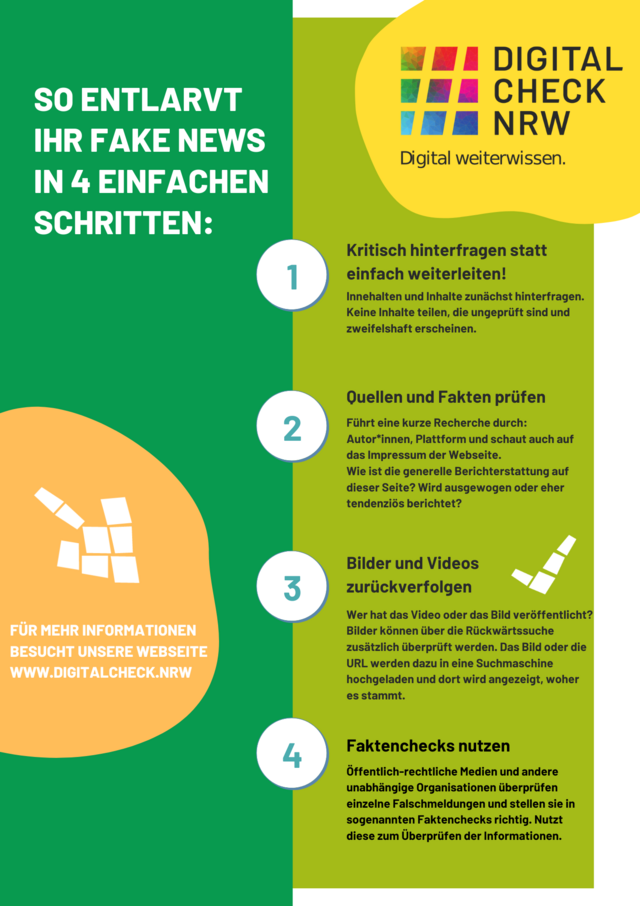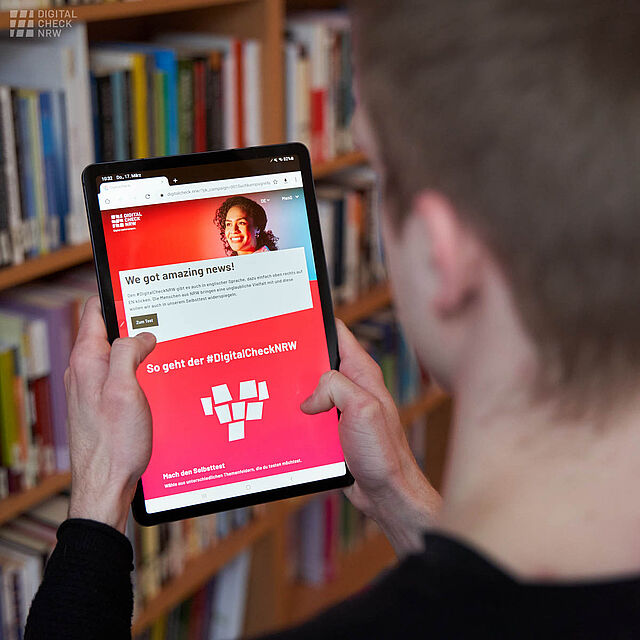4. when does fake news become a danger?
Disinformation campaigns aim to steer debates in extreme directions
When false information is deliberately disseminated with the aim of intentionally deceiving or misleading people, it becomes a danger. This is known as disinformation. For example, there are the following types of fake news.
Urban Legends" is when someone claims to know someone who saw it or was there.
Hybrid Fakes" is understood as the deliberate omission or distortion of facts. Or an opinion of a minority is presented as the majority. It is not uncommon for the reach of individual contributions to be artificially manipulated. In the meantime, there are regular disinformation campaigns that are tailored to target groups. These campaigns are intended to exacerbate existing conflicts and debates and undermine trust in state institutions. Overall, the aim is to stir up anger and emotions. Disinformation campaigns aim to polarize and deliberately steer public debates in extreme directions, ultimately dividing society.
Currently, there is also talk of Russian disinformation. What are the dangers of fake news in Ukraine and Russia? With the Fake News Law Russia, the Russian parliament has passed a law that includes long prison sentences and heavy fines for publishing false news about the Russian armed forces.
On International Issues Bellingcat Researches With employees and volunteers from more than twenty countries around the world, Bellingcat conducts open-source research on a variety of topics. For example, Bellingcat's research covers Mexican drug lords, crimes against humanity, chemical weapons use, and international conflicts.
More information on propaganda and media censorship can be found here: "Fake News and Disinformation: Putin's Propaganda War on the Truth."
More on disinformation campaigns in general at the Federal Agency for Civic Education: "Disinformation: From the Cold War to the Information Age"
For refugees and people new to Germany, WDR4You offers a program in four languages. Here, information is provided about relevant political topics and Germany is explained. There is also info on the topics of asylum, flight and migration: WDR4you

